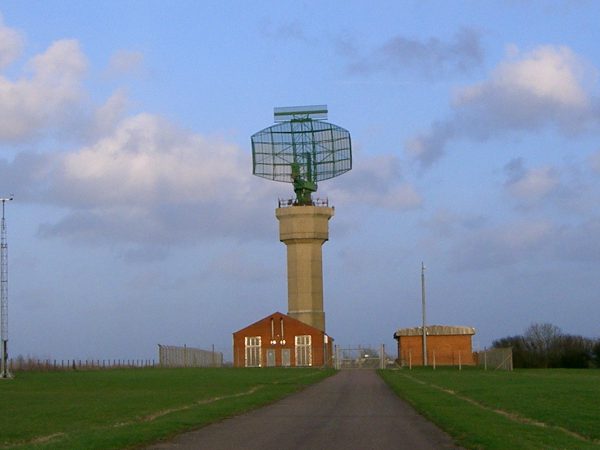This article is designed to give you the high-level knowledge you require to consider telecommunications issues alongside your development, therefore if you only have time to read one article in this series, make sure you are familiar with this one. In the final part of this six-parter, a list of the key takeaways from the previous articles is presented, alongside a list of FAQs. It is however highly recommended that you to go back and read the previous articles if you haven’t already. In summary, parts 1-5 of this series were regarding dealing with wind farm and point-to-point telecommunications issues, a recap on understanding the interference mechanisms, a presentation of a photographic encyclopaedia of telecommunications equipment, details regarding the stakeholder consultation process and a worked example of a fictional wind development.
Key Takeaways
- Always consult with the telecommunications stakeholders rather than using databases. These may not be up to date or show all relevant information.
- Complete the consultation as early as possible within the project timeline, even if you do not yet have firm development plans e.g. a turbine layout or building dimensions. A site boundary is all that is needed in the first instance.
- Strongly consider undertaking an Airwave and JRC telecommunications assessment. Airwave safeguard emergency services and the JRC safeguard utility communications infrastructure. Both of these stakeholders request paid assessments, so this approach is the only way to guarantee these areas of telecoms are fully covered. The JRC will likely inform you whether further assessment is required, however Airwave do not provide any response until an assessment is undertaken.
- Not having visible telecommunications infrastructure from your site does not mean that telecommunications issues will not arise. Telecommunications links can be tens of kilometres long and many can cross a site without a mast being visible in the surrounding environment.
- Always consider detailed 2 and 3-dimensional Fresnel zone analysis of a link’s exclusion zone, rather than using a fixed buffer distance stated by a stakeholder. Detailed analysis is recommended by Ofcom, and this should be completed to minimise site constraints as much as possible.
- Where a UHF (Ultra High Frequency) link is present, remember the effect of reflections, as well as the exclusion zone associated with diffraction effects – there may be an additional requirement to move turbines away from a link path when reflection effects are considered.
- Where mitigation is required, engage with the stakeholder as soon as possible to understand their position and discuss the options and viability for mitigation.
- Avoid positioning wind turbines in close proximity to a mast. Exclusions zones of hundreds of metres may be applicable which may significantly reduce a development area. The presence of communications links on the mast will likely also reduce the development area.
- Consider a site survey where constraints are tight, or the co-ordinates provided seem inaccurate. Accurate co-ordinate details may will likely free up more development space, whilst also minimising unexpected issues after construction.
- The use of planning conditions is key to successfully navigating telecoms issues without committing too much prior to consent.
FAQs
Will a telecommunications issue present a showstopper to my project?
It is very unlikely that a telecommunications issue will present a showstopper but ultimately it comes down to a project’s ability to absorb mitigation costs. It is far more likely that a large building or wind farm project could have the resources to fund the moving or development of a new mast when compared to smaller projects.
How much will mitigation cost to implement?
Mitigation costs vary depending on the complexity of the issue and the amount of infrastructure affected. Costs typically vary from low tens of thousands but can run into the hundreds of thousands of pounds if new infrastructure is required e.g. a new mast.
Do I need to consult? Can’t I just use the Ofcom database?
The Ofcom database can provide a high-level check however it does not include the most up-to-date infrastructure. We strongly recommend consultation at all times, and to use the Ofcom database as a resource alongside it.
How long will the consultation and analysis process take?
Consultation can take anywhere from a few days up to a few months if a paid assessment is required. We are recently seeing consultation times for these types of assessments reducing so hopefully around 6 weeks should be enough time.
What are the benefits and outcomes of producing a detailed telecommunications impact assessment? Can’t I just consult?
It is always best to conduct detailed exclusion zone analysis to ensure the constraint area is reduced as much as possible. Stakeholders often provide set exclusion zone which do not account for the technology used. It is also important to consider the assessment environment in 3D too, as this may further reduce or remove any infringement.
Summary
If you only remember one thing from this series of articles, it should be that consultation is key. Early consultation can save you time, money and resources on your project, and being prepared. If you get this right, Pager Power can advise on the best course of action for your project which will save you time and money in the long run. Let us know if we can assist by getting in touch with us.
Additional Resources
Further information on communications issues surrounding wind farms can be found in the following articles:
- Refresher Course in Wind Farms and Point-to-Point Telecoms Issues – Part 1 – Overview
- Refresher Course in Wind Farms and Point-to-Point Telecoms Issues – Part 2 – Interference Mechanisms
- Refresher Course in Wind Farms and Point-to-Point Telecoms Issues – Part 3 – Photographic Encyclopaedia
- Refresher Course in Wind Farms and Point-to-Point Telecoms Issues – Part 4 – Stakeholder Consultation
- Refresher Course in Wind Farms and Point-to-Point Telecoms Issues – Part 5 – A Worked Example
- Communications planning issues for wind turbines
- What is a Fresnel zone
- Wind turbine terrestrial television interference
Thumbnail image accreditation: AI generated image by Canva.com.




